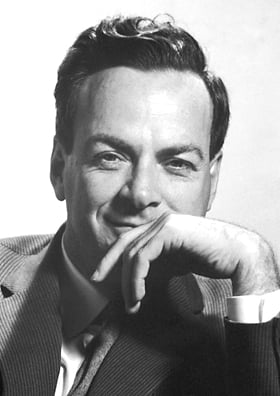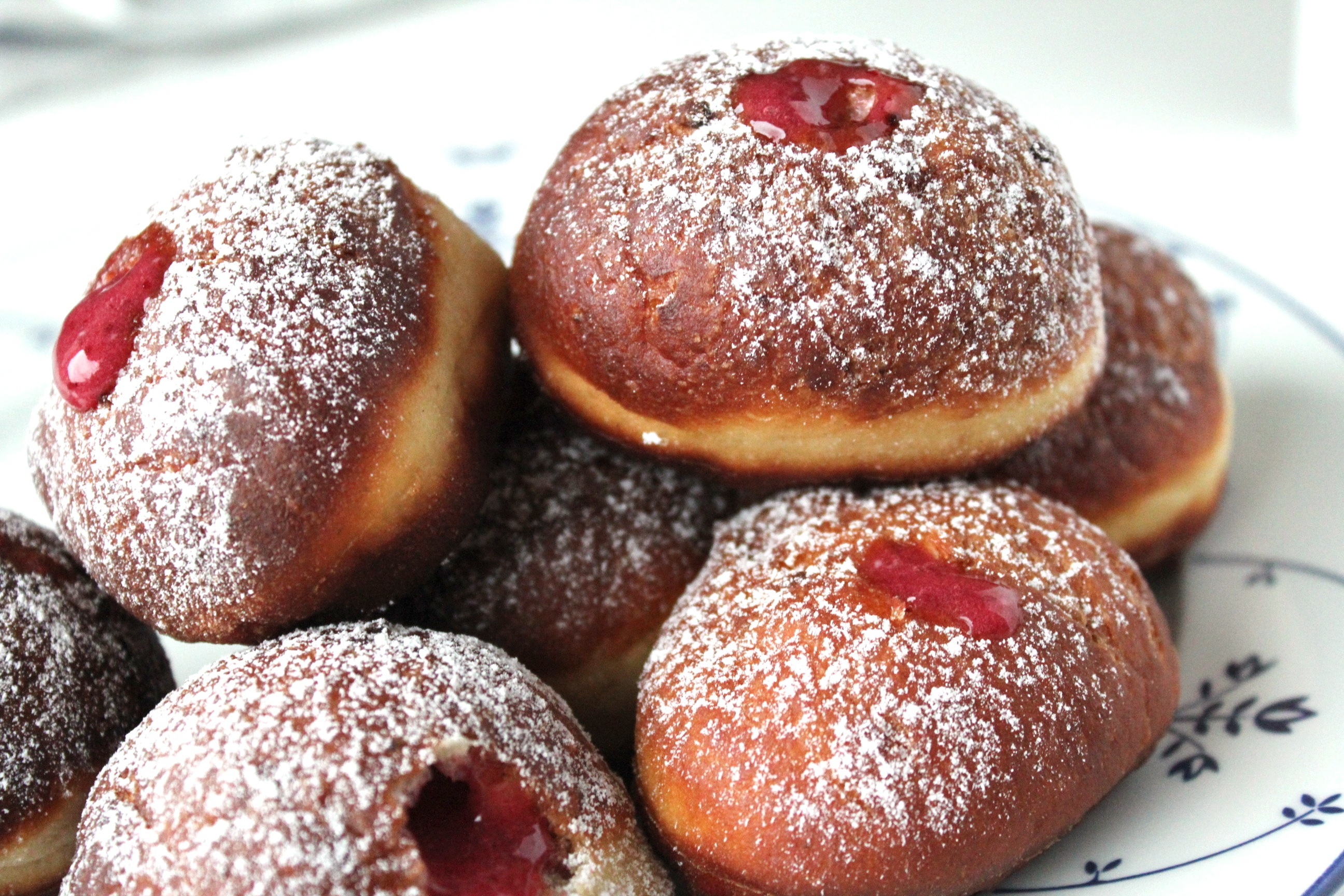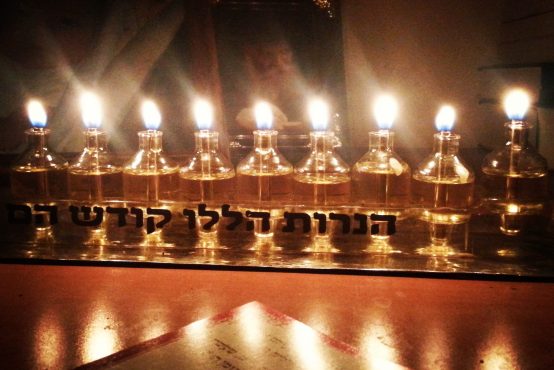The Talmud (tr. Shabbat) discusses two opinions about the manner in which we are to light Chanukah menorah. According to Hillel, we light the first light on the first night, two lights on the second night, etc. increasing the number of lights every night. According to Shammai, we are to do the opposite – light eight lights on the first night, seven on the second night, and so on diminishing the number of lights every night (according to how many days of Chanukah are still left). The Talmud concludes, ele v’elie diveri Elokim chaim (this and that are words of the living G‑d, i.e., both opinions are true and reflect the will of G‑d), but the Halachah (the practical law) is according to Hillel. The Arizal explains that whereas the law today is according to Hillel, in the Messianic time, the law will be according to Shamai. This is all well known.

The Lubavitcher Rebbe, Rabbi Menachem Mendel Schneerson, takes this a step further. The Rebbe says, there are three periods (tekufot) in history:
- The present time, before the arrival of Mashiach (Messiah);
- The first period of the Messianic era, after the arrival of Mashiach (Messiah) and before the resurrection of the dead (tehiyat hametim); and
- The second period of the Messianic time (the third and the ultimate period of human civilization), after the resurrection of the dead.
The Rebbe states that at the present time we actually light the Menorah according to Hillel. The opinion of Shammai remains true in a spiritual sense. During the first period of the Messianic time, we will be lighting Chanukah menorah according to Shammai. The opinion of Hillel at that time will remain valid in the spiritual sense. During the second period of the Messianic era, however, after the resurrection of the dead, we will be performing the mitzvah (commandment) of lighting the Chanukah menorah according to both opinions. But how is it possible? For example, how is it possible to light on the first night of Chanukah one light (according to Hillel) and eight lights (according to Shammai) at the same time? This remains a question, says the Rebbe, as this is a paradox.
 In quantum mechanics, the evolution of a system in time is described by a wavefunction, which evolves along all possible paths. As it was first noticed by Richard Feynman, an analogy can be drawn between classical and quantum mechanics. In classical mechanics, where particles are just particles, to determine a future state of the system we find the extreme path that the system will follow according to the Principle of Least Action. In quantum mechanics, where particles have waves associated with them (particle-wave duality), the waves follow all possible paths and then come together producing interference. In the 1940s, Feynman proposed to calculate all possible actions and add them together. In other words, when a quantum-mechanical system evolves from point A to point B (in configurational space), it travels each possible path, not just the extreme path of the action. The method of calculating the wavefunction of a system by summing up all of its histories is called sum-over-histories approach (a.k.a. path integral).
In quantum mechanics, the evolution of a system in time is described by a wavefunction, which evolves along all possible paths. As it was first noticed by Richard Feynman, an analogy can be drawn between classical and quantum mechanics. In classical mechanics, where particles are just particles, to determine a future state of the system we find the extreme path that the system will follow according to the Principle of Least Action. In quantum mechanics, where particles have waves associated with them (particle-wave duality), the waves follow all possible paths and then come together producing interference. In the 1940s, Feynman proposed to calculate all possible actions and add them together. In other words, when a quantum-mechanical system evolves from point A to point B (in configurational space), it travels each possible path, not just the extreme path of the action. The method of calculating the wavefunction of a system by summing up all of its histories is called sum-over-histories approach (a.k.a. path integral).
Using a poetic license and applying this conceptual approach to the Chanukah menorah lighting in the third (and the ultimate) period of history (after the resurrection of the dead), perhaps we can say as follows. There are two possible paths for the Menorah to be lit (and for its wavefunction to evolve): one path, according to Hillel, from one light to eight; and the other path, according to Shammai, from eight lights to one. In the quantum world, both paths can be traveled at the same time, so long as we add them together at the end. In other words, we can light according to Hillel and according to Shammai simultaneously and the sum total of these two methods (sum-over-histories) will result in a perfect mitzvah.
Another controversy we have on Chanukah is whether to eat latkes first and doughnuts later, or vice versa. To solve this problem, I try to eat both at the same time.



Very nice.
On Zot Chanukah 5778:
In terms of absorption of deep fried fats (oil), sugar (jelly) & the white flour (doughnut) in the consumption of sufganiot are we hoping for the extreme path or the path integral method of absorption vis-a-vis mitigation of the inevitable symptomatic results of obesity, high blood pressure, high blood sugar, clogged arteries and highly increased incidence of cardiac arrest? And does eating latkes simultaneously, as suggested, somehow miraculously spontaneously release humors generating counter indicative phenomena (at least in one’s brain) that result in a net sense of, “I’m doing great with this diet.”?
Adding a few lechaims usually counters all negative effects. LOL